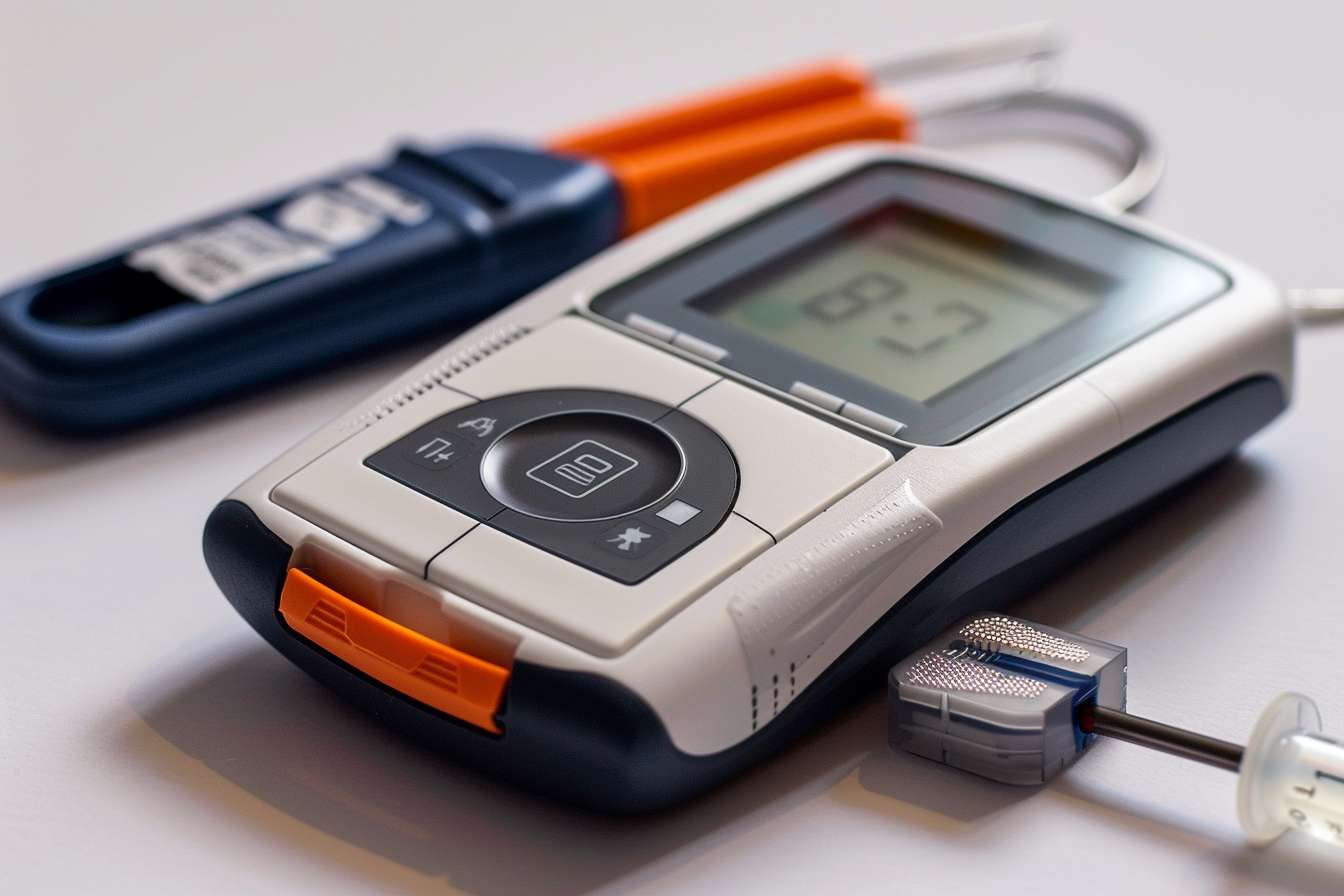Best Continuous Glucose Monitors to Buy Without Insurance Coverage: What to Know
Continuous glucose monitors can help track blood sugar levels, but buying one without insurance requires understanding costs and available options. This article explains what continuous glucose monitors do, how to compare devices, and factors to consider before purchasing.

Continuous glucose monitors (CGMs) have transformed diabetes management by offering real-time glucose data and reducing the need for traditional fingerstick testing. For individuals without insurance coverage, purchasing a CGM independently requires understanding various factors including costs, features, and compatibility. This comprehensive guide explores what you need to know when buying a CGM without insurance support.
How Continuous Glucose Monitors Work and What They Measure
Continuous glucose monitors consist of three main components: a small sensor inserted under the skin, a transmitter attached to the sensor, and a receiver or smartphone app that displays readings. Unlike traditional glucometers that provide single-point measurements, CGMs measure interstitial glucose levels continuously, typically recording data every 5-15 minutes throughout the day and night.
These devices track glucose trends, offering insights into how food, medication, exercise, and stress affect blood sugar levels. Most modern CGMs feature customizable alerts for high or low glucose levels and can identify patterns that might otherwise go unnoticed. The data collected helps users and healthcare providers make more informed decisions about diabetes management strategies.
Factors to Consider When Buying a Glucose Monitor Without Insurance
When purchasing a CGM without insurance coverage, several key factors should guide your decision. First, consider the sensor duration—some sensors last 7-10 days while others can function for up to 14 days, affecting your overall monthly costs. The calibration requirements also vary; some systems require twice-daily fingerstick calibrations while newer models are factory-calibrated.
Compatibility with your smartphone or other devices is crucial for accessing data and sharing information with healthcare providers. Additionally, evaluate the alarm features, data sharing capabilities, and whether the system requires a separate receiver or works directly with your smartphone. Water resistance and sensor application complexity are practical considerations that impact daily usability.
Understanding the Cost and Features of Continuous Glucose Monitors
The cost structure of CGMs includes both initial and ongoing expenses. Initial costs typically involve the transmitter and receiver (if required), while recurring expenses include replacement sensors. Without insurance, these costs can be substantial and vary significantly between brands and models.
Features that might justify higher costs include longer sensor wear time, greater accuracy, easier application, robust data analysis tools, and integration with insulin pumps or automated insulin delivery systems. Some companies offer subscription services that may provide cost savings compared to purchasing components separately. The user interface and accompanying software capabilities also differ between systems, affecting the overall user experience.
What to Know Before Purchasing a Glucose Monitor Independently
Before investing in a CGM system, consult with your healthcare provider about which system might best suit your medical needs. Some manufacturers offer patient assistance programs or discounts for those without insurance coverage. Additionally, consider joining diabetes online communities where users share experiences and sometimes information about available discounts or cost-saving strategies.
Understand that while CGMs provide valuable data, they still have limitations in accuracy compared to traditional blood glucose meters, particularly during rapid changes in blood glucose levels. Also, be aware that some systems require prescriptions even for out-of-pocket purchases, while others may offer direct-to-consumer options.
Comparison of Available Continuous Glucose Monitors for Independent Purchase
When buying without insurance coverage, understanding the full cost picture and features of different CGM systems is essential for making an informed decision.
| CGM System | Sensor Duration | Initial Cost | Monthly Sensor Cost | Special Features |
|---|---|---|---|---|
| Dexcom G6 | 10 days | $300-400 (transmitter) | $300-400 | Phone compatibility, no calibration required |
| FreeStyle Libre 2 | 14 days | $70 (reader) | $130-150 | Lower cost, no transmitter needed |
| Medtronic Guardian Connect | 7 days | $500-600 (transmitter) | $350-400 | Predictive alerts |
| Eversense | 90-180 days | $1,500-2,000 (implantation) | $300-500 | Long-term implantable sensor |
Prices, rates, or cost estimates mentioned in this article are based on the latest available information but may change over time. Independent research is advised before making financial decisions.
Cost-Saving Strategies for Purchasing Continuous Glucose Monitors
Several approaches can help reduce out-of-pocket expenses for CGMs. Manufacturer savings programs often provide discounts to eligible patients. For example, Dexcom and Abbott offer patient assistance programs that can significantly reduce costs. Some users find that purchasing directly from the manufacturer rather than through third-party suppliers results in better pricing.
Flexible Spending Accounts (FSAs) and Health Savings Accounts (HSAs) can be used to pay for CGMs with pre-tax dollars, effectively reducing the cost. Additionally, some manufacturers offer refurbished transmitters at lower prices. Patient advocacy organizations sometimes provide resources for finding financial assistance, and occasionally clinical trials provide free or reduced-cost access to newer CGM technologies.
Continuous glucose monitoring technology continues to evolve rapidly, with improvements in accuracy, convenience, and affordability. For individuals managing diabetes without insurance coverage for these devices, carefully weighing the costs against the potential benefits of improved glucose control is essential. While the upfront and ongoing expenses can be significant, many users find the investment worthwhile for the insights gained and the potential for improved health outcomes.
This article is for informational purposes only and should not be considered medical advice. Please consult a qualified healthcare professional for personalized guidance and treatment.




